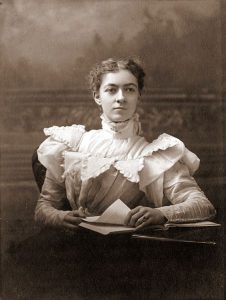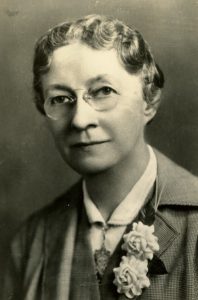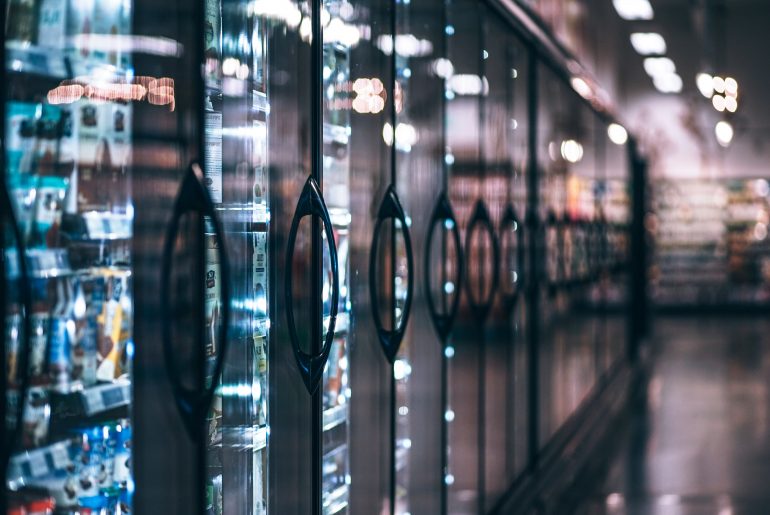What’s for dinner tonight? If you’re considering anything that comes from the freezer, you can thank Mary Engle Pennington.
Pennington, “The Ice Lady,” was a pioneer in food preservation. As the population of the United States shifted from the countryside into the city in the early 20th century, people began turning to grocery stores for their entire food supplies. The lure of the Industrial Age left families without the relative ease and safety of food they once had in their backyard farms.
But there were no standards for safe food handling or storage at the time, and as a result, many frozen or refrigerated foods were rightfully deemed unsafe. Among other issues, people complained their foods arrived to their grocer spoiled, dried out and even moldy. Hundreds died and thousands became sick every year after consuming contaminated foods — particularly eggs, milk, fish and poultry.

Pennington was a key scientist in the passage of the landmark Pure Food and Drug Act of 1906 (Think: Upton Sinclair’s The Jungle). It was the beginning of government food safety and regulation, and the FDA, we know today.
But being a food scientist, or any type of scientist, wasn’t easy for women in that day. Despite a lifelong study of chemistry, Pennington was denied a bachelor’s degree in 1892 from the University of Pennsylvania because of her gender and was given a certificate instead. But refusing to concede to the standards of her day, Pennington pushed onward, eventually earning a Ph.D. in 1895 from the same university.
Pennington’s professional career would lead her to discover shocking breakthroughs in food preservation for the time. She studied every stage a chicken passed through from farm to slaughter to transportation and consumer, as well as the storage conditions of the retailer. Her work showed that in order for poultry to arrive safely on the tables of families, each stage of the process had to be hygienic and properly refrigerated.
Pennington also studied meat on a microscopic level for signs of deterioration. Her research lead to the knowledge that poultry could be frozen at zero degree temperatures for up to a year — a standard we still follow today.
Her research showed that highly perishable eggs needed to be collected more frequently in warm weather, and she is also credited with the invention of the egg carton.
Pennington advanced food safety during World War I. After learning that humidity caused food to spoil and too little humidity caused it to dry, she designed a more effectively insulated railway car that could safely bring food to the troops — a breakthrough that would be earn her the Nobel Service Medal in 1919 for her war effort.

This invention also made possible the transportation of milk and beer. Pennington’s insulation also contributed to the design of household refrigerators and freezers. Some of her many other inventions include quick-freezing fish fillets and sterile food products containers.
Dr. Mary Engle Pennington spent more than 40 years educating the public on the importance of proper food handling. In 1923 she was recognized by the American Society of Heating, Refrigeration and Air-conditiong Engineers (ASHRAE), and she was also elected to the Poultry Historical Society Hall of Fame (1959). She was inducted into the National Inventors Hall of Fame in 2018.
Pennington’s kitchen was entirely electric — highly unusual for her time, but until her death, at age 80, of a heart attack in 1952, she proudly ate frozen and refrigerated foods, knowing she helped to make them safe.
Also see, Can you still eat foods with freezer burn?




